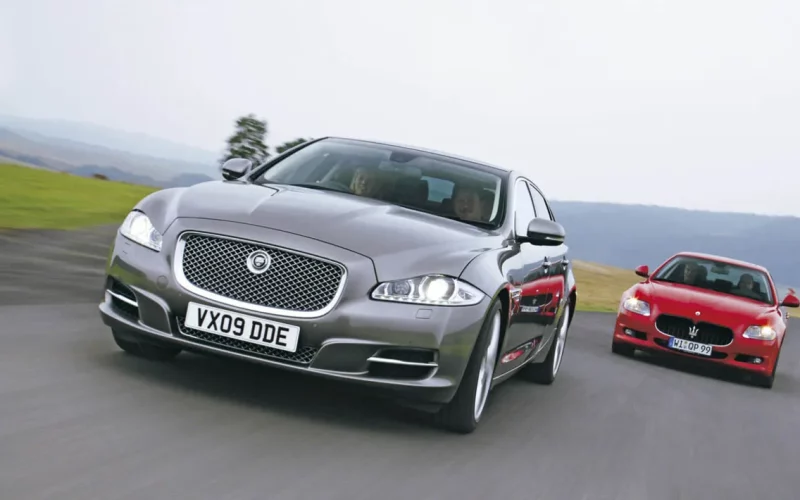China’s ambitious plan to become a global leader in electric vehicle (EV) production and sales is rapidly gaining momentum. With the world’s largest automotive market and substantial government support, Chinese manufacturers are now setting their sights on international markets. This article explores China’s strategies, the key players involved, potential challenges, and the global impact of China’s plan to sell cheap EVs to the rest of the world.
The Rise of China’s EV Industry

Government Support and Policies
The Chinese government’s strong support has been a critical driver of the EV industry’s growth. Policies such as subsidies for EV purchases, investment in charging infrastructure, and stringent emissions regulations have created a favorable environment for domestic manufacturers. The New Energy Vehicle (NEV) mandate, which requires automakers to produce a certain percentage of zero-emission vehicles, has further accelerated this growth.
Technological Advancements and Innovation
China’s focus on innovation has led to significant advancements in EV technology. Chinese companies are now producing EVs with competitive ranges, battery life, and charging speeds. Innovations in battery technology, such as the development of lithium iron phosphate (LFP) batteries, have also contributed to reducing costs and increasing the affordability of EVs.
Key Players in China’s EV Market
BYD
BYD, one of China’s largest EV manufacturers, has been at the forefront of the EV revolution. Known for its electric buses and passenger cars, BYD has expanded its operations globally, including in Europe and Latin America. The company’s strategic partnerships and collaborations have bolstered its international presence.
NIO
NIO, often referred to as the “Tesla of China,” has gained a reputation for producing high-quality, premium EVs. With a focus on innovation and customer experience, NIO has introduced unique features such as battery swapping technology and autonomous driving capabilities. The company’s global expansion plans include entering the European market.
Geely
Geely, the owner of Volvo and Lotus, has made significant strides in the EV sector. Leveraging its international brands and expertise, Geely aims to penetrate global markets with a diverse range of electric vehicles. The company’s emphasis on quality and safety standards aligns with the expectations of Western consumers.
Strategies for Global Expansion
Competitive Pricing
One of China’s main strategies to capture international markets is offering EVs at competitive prices. By leveraging economies of scale, lower labor costs, and advanced manufacturing techniques, Chinese manufacturers can produce affordable EVs without compromising on quality. This pricing strategy is particularly appealing in emerging markets where cost is a significant factor for consumers.
Strategic Partnerships and Alliances
Chinese EV manufacturers are increasingly forming strategic partnerships and alliances with foreign companies to enhance their market presence. Collaborations with local automakers, technology firms, and infrastructure providers facilitate market entry and build consumer trust. These partnerships also enable knowledge transfer and the adaptation of products to meet local requirements.
Focus on Emerging Markets
While established markets in North America and Europe are targets for Chinese EVs, emerging markets in Asia, Africa, and Latin America present significant growth opportunities. These regions often have less stringent emissions regulations and lower EV adoption rates, making them attractive destinations for affordable Chinese EVs.
Challenges and Barriers
Regulatory and Trade Barriers
Entering international markets involves navigating complex regulatory environments and trade barriers. Compliance with different safety and emissions standards, import tariffs, and local content requirements can pose significant challenges for Chinese EV manufacturers. Diplomatic relations and trade policies between China and target countries also play a crucial role in market access.
Brand Perception and Quality Concerns
Building a positive brand perception and overcoming quality concerns are critical for Chinese manufacturers to succeed internationally. Historically, Chinese products have faced skepticism regarding quality and reliability. To address this, companies must focus on rigorous quality control, after-sales service, and building a strong brand identity through marketing and customer engagement.
Infrastructure and Charging Networks
The availability of charging infrastructure is essential for the widespread adoption of EVs. In many target markets, especially in developing countries, the charging infrastructure is still underdeveloped. Chinese companies must collaborate with local governments and private enterprises to invest in and develop the necessary charging networks to support their EVs.
Comparative Analysis of Chinese EVs and Competitors
Analysis Table
| Criteria | Chinese EVs | Competitors (Tesla, Nissan, etc.) |
|---|---|---|
| Price | Lower, more affordable | Higher, premium pricing |
| Range | Competitive, improving | Typically longer ranges |
| Technology | Advanced, innovative features | Leading-edge technology, consistent upgrades |
| Battery | LFP batteries, cost-effective | Lithium-ion, higher energy density |
| Charging Infrastructure | Growing, partnerships for expansion | Established, extensive networks |
| Brand Perception | Improving, but mixed | Strong, established |
| Market Focus | Emerging markets, global expansion | Developed markets, gradual expansion |
Comparative Table
| Aspect | Chinese EVs | Tesla | Nissan |
|---|---|---|---|
| Entry Models | $20,000 – $30,000 | $35,000 – $40,000 | $30,000 – $35,000 |
| Premium Models | $50,000 – $70,000 | $70,000 – $100,000 | $40,000 – $50,000 |
| Battery Technology | LFP, cost-effective | Lithium-ion, high energy density | Lithium-ion, standard energy density |
| Autonomy | Level 2 – 3 | Level 4 | Level 2 – 3 |
| Charging Speed | 30-80% in 30 minutes | 30-80% in 15-20 minutes | 30-80% in 25-30 minutes |
| Global Presence | Emerging, expanding | Strong, established | Moderate, growing |
| Innovation | Battery swapping, AI | Full self-driving, AI | ProPILOT, e-Power |
Conclusion
China’s plan to sell cheap EVs to the rest of the world is a multifaceted strategy driven by competitive pricing, technological advancements, and strategic partnerships. While the path to global dominance is fraught with challenges, such as regulatory hurdles and brand perception issues, Chinese manufacturers are well-positioned to make significant inroads into international markets. As they continue to innovate and expand, the global automotive landscape is set to witness a significant shift towards more affordable and accessible electric vehicles, ultimately contributing to a greener and more sustainable future.











